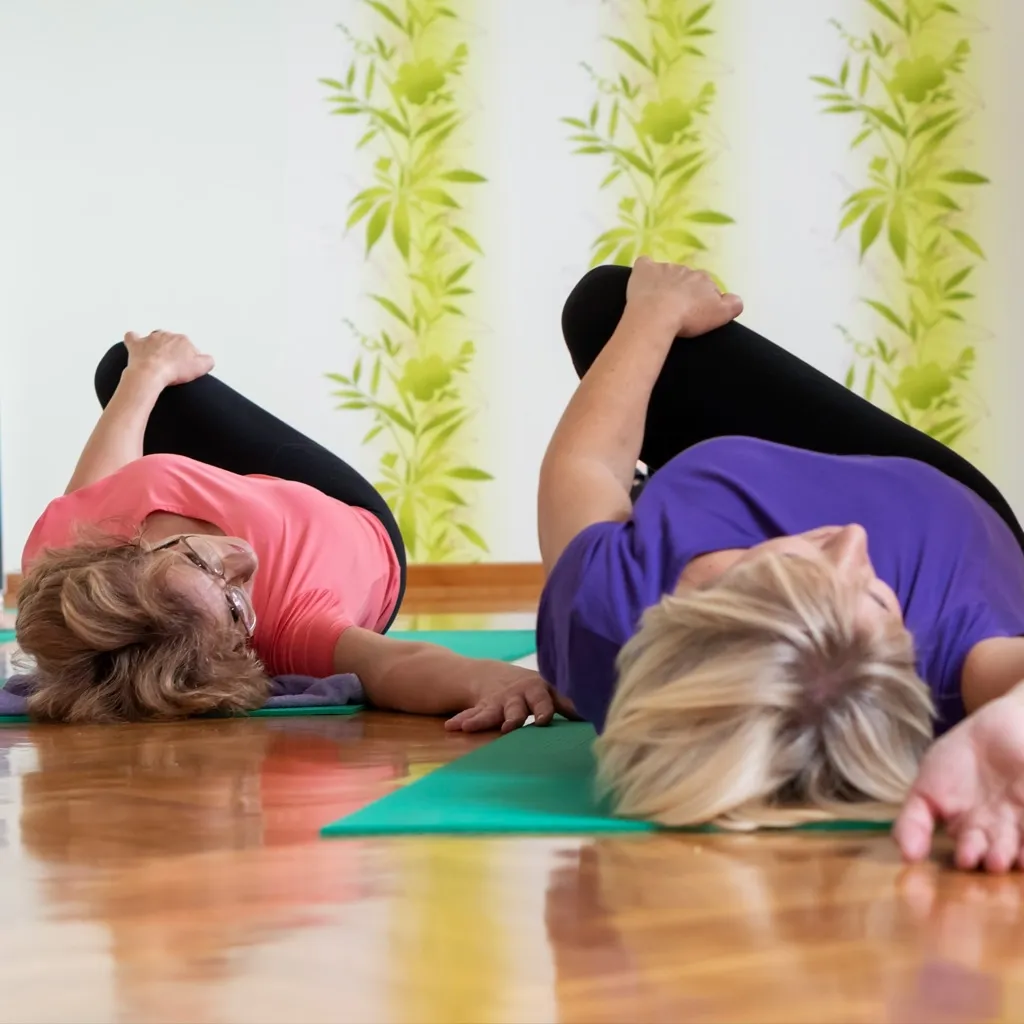
Therapr Team
Poor posture is a common issue in today’s society, often caused by prolonged sitting, repetitive motions, and unconscious habits. Over time, bad posture can lead to chronic pain, fatigue, and reduced mobility. Traditional methods for correcting posture usually emphasize muscular strength and rigid alignment, but the Feldenkrais Method takes a different path.
Instead of focusing on forcing the body into a "correct" position, Feldenkrais helps individuals rediscover natural, efficient movement through mindful exploration. This method emphasizes awareness, learning, and gentle adjustments, making it accessible to people of all ages and abilities. In this article, we'll dive into how Feldenkrais improves posture by retraining the brain and body to work together harmoniously.
Posture is not a static position—it is a dynamic process that involves constant subtle movements to maintain balance. Good posture allows the body to use minimal energy to hold itself upright, reducing strain on muscles and joints. When posture becomes dysfunctional, however, it often results from ingrained habits and a lack of body awareness rather than simple weakness.
The Feldenkrais Method addresses these underlying patterns by engaging the nervous system. By increasing somatic awareness—your sense of how your body moves and feels—Feldenkrais enables you to reorganize your movements for greater efficiency and comfort.
Developed by Dr. Moshe Feldenkrais, the method uses gentle, exploratory movements designed to enhance awareness of how you move. Rather than prescribing "correct" movements, Feldenkrais invites you to discover what feels easier and more efficient.
There are two main ways to experience Feldenkrais:
Both approaches aim to help you notice habitual movement patterns, explore alternatives, and develop a more refined sense of how your body can move with less effort.
1. Increased Self-Awareness:
By paying close attention to how you sit, stand, and move, you become more aware of habitual postures that may be causing discomfort. This awareness is the first step toward change.
2. Gentle Correction of Imbalances:
Unlike exercises that force you to hold a "perfect" posture, Feldenkrais encourages natural corrections through exploration. This makes improved posture feel effortless rather than strained.
3. Reduced Muscular Tension:
By learning to use the skeleton more efficiently for support, unnecessary muscular tension melts away, resulting in a more relaxed and upright posture.
4. Improved Movement Efficiency:
As you re-educate your body in better movement patterns, everyday actions like walking, bending, and reaching become easier and more graceful.
5. Long-Term Pain Relief:
Poor posture often contributes to back, neck, and joint pain. By addressing root causes and improving alignment, Feldenkrais can help alleviate chronic discomfort over time.
Here are some examples of typical strategies used in Feldenkrais lessons for posture improvement:
Exploring Head and Neck Movement:
Awareness of Spinal Flexibility:
Pelvic Awareness:
Rediscovering Breathing Patterns:
You don't have to completely overhaul your daily routine to benefit from Feldenkrais principles. Here’s how you can start:
Consistency and gentle exploration are key. Over time, these small moments of awareness accumulate into significant posture improvements.
The Feldenkrais Method offers a revolutionary way to improve posture—not by forcing the body into rigid shapes, but by cultivating greater awareness, flexibility, and ease. By reconnecting with your body's natural intelligence, you can move more freely, feel better, and stand taller without strain. Whether you're dealing with chronic pain, stiffness, or simply want to feel more comfortable in your own body, Feldenkrais provides a gentle yet powerful path toward better posture and enhanced well-being.
Author profile
Read more articles by Therapr Team.
Get the latest wellness insights delivered to your inbox.
Subscribe to Newsletter